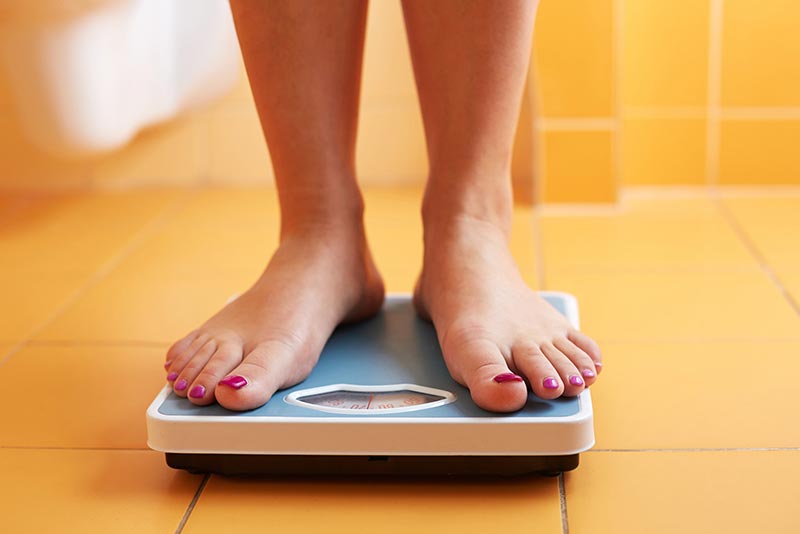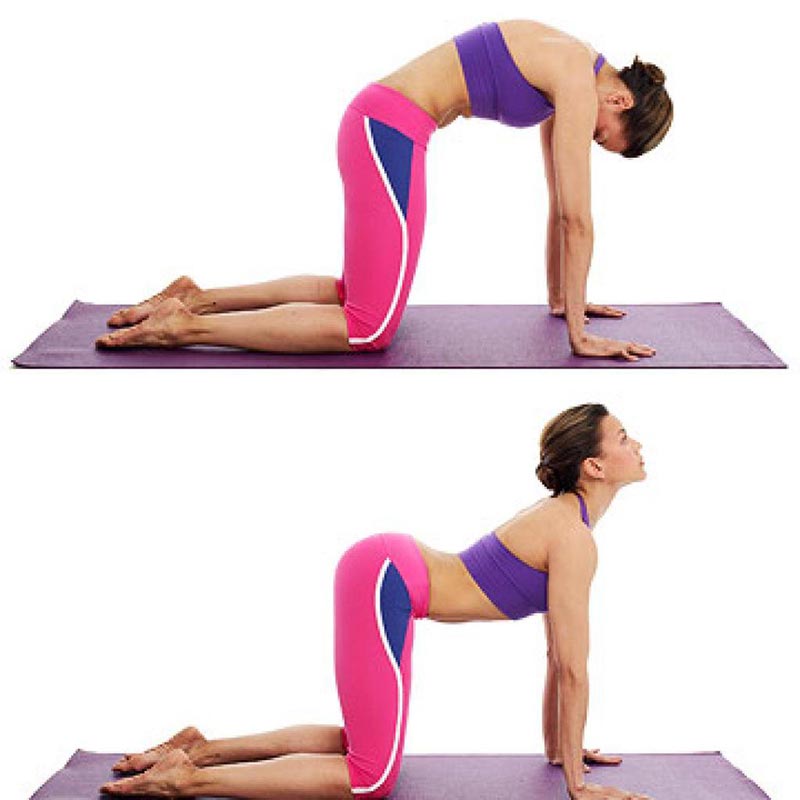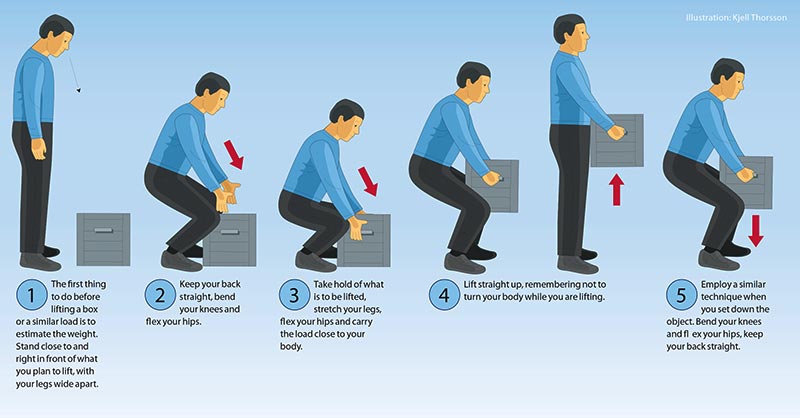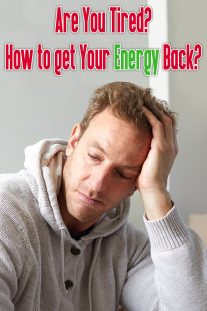
10 Ways to Manage Low Back Pain at Home
Perhaps you bent the wrong way while lifting something heavy. Or you’re dealing with a degenerative condition like arthritis. Whatever the cause, once you have low back pain, it can be hard to shake. About one in four Americans say they’ve had a recent bout of low back pain. And almost everyone can expect to experience back pain at some point in their lives.
Sometimes, it’s clearly serious: You were injured, or you feel numbness, weakness, or tingling in the legs. Call the doctor, of course. But for routine and mild low back pain, here are a few simple tips to try at home.
Watch your weight. Use diet and exercise to keep your weight within a healthy range for your height. Being overweight puts excess stress on your spine.
Chill it. Ice is best in the first 24 to 48 hours after an injury because it reduces inflammation, says E. Anne Reicherter, PhD, PT, DPT, associate professor of Physical Therapy at the University of Maryland School of Medicine. “Even though the warmth feels good because it helps cover up the pain and it does help relax the muscles, the heat actually inflames the inflammatory processes,” she says. After 48 hours, you can switch to heat if you prefer. Whether you use heat or ice — take it off after about 20 minutes to give your skin a rest. If pain persists, talk with a doctor.
Keep moving. “Our spines are like the rest of our body — they’re meant to move,” says Reicherter. Keep doing your daily activities. Make the beds, go to work, walk the dog. Once you’re feeling better, regular aerobic exercises like swimming, bicycling, and walking can keep you — and your back — more mobile. Just don’t overdo it. There’s no need to run a marathon when your back is sore.
Stay strong. Once your low back pain has receded, you can help avert future episodes of back pain by working the muscles that support your lower back, including the back extensor muscles. “They help you maintain the proper posture and alignment of your spine,” Reicherter says. Having strong hip, pelvic, and abdominal muscles also gives you more back support. Avoid abdominal crunches, because they can actually put more strain on your back.
Stretch. Don’t sit slumped in your desk chair all day. Get up every 20 minutes or so and stretch the other way. “Because most of us spend a lot of time bending forward in our jobs, it’s important to stand up and stretch backward throughout the day,” Reicherter says. Don’t forget to also stretch your legs. Some people find relief from their back pain by doing a regular stretching routine, like yoga.
Think ergonomically. Design your workspace so you don’t have to hunch forward to see your computer monitor or reach way out for your mouse. Use a desk chair that supports your lower back and allows you to keep your feet planted firmly on the floor.
Watch your posture. Slumping makes it harder for your back to support your weight. Be especially careful of your posture when lifting heavy objects. Never bend over from the waist. Instead, bend and straighten from the knees.
Wear low heels. Exchange your four-inch pumps for flats or low heels (less than 1 inch). High heels may create a more unstable posture, and increase pressure on your lower spine.
Kick the habit. Smoking can increase your risk for osteoporosis of the spine and other bone problems. Osteoporosis can in turn lead to compression fractures of the spine. Recent research found that smokers are more likely to have low back pain compared with nonsmokers.
Try an over-the-counter pain reliever. Anti-inflammatory drugs such as aspirin, ibuprofen (Advil, Motrin, Nuprin), and naproxen sodium (Aleve, Anaprox, Naprosyn) can help reduce back pain. Acetaminophen (Actamin, Panadol, Tylenol) is another over-the-counter option for pain management. Be sure to check with your doctor or pharmacist about any interactions over-the-counter pain relievers may have with other medications you are taking. People with a history of certain medical conditions (such as ulcers, kidney disease, and liver disease) should avoid some medicines.
Call your doctor if:
- Your low back pain is severe, doesn’t go away after a few days, or it hurts even when you’re at rest or lying down.
- You have weakness or numbness in your legs, or you have trouble standing or walking.
- You lose control over your bowels or bladder.
These could be signs that you have a nerve problem or another underlying medical condition that needs to be treated.







Leave a Reply